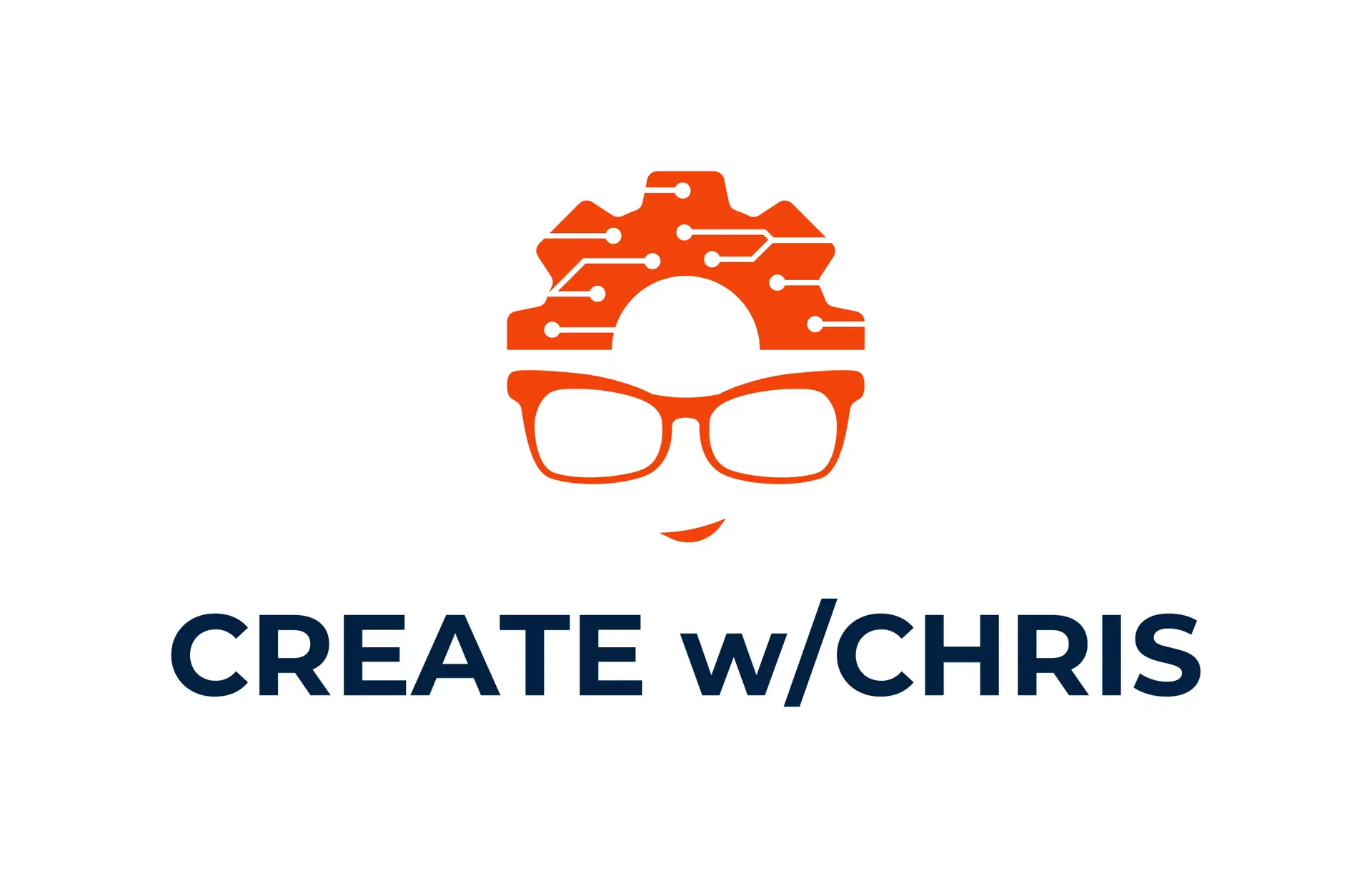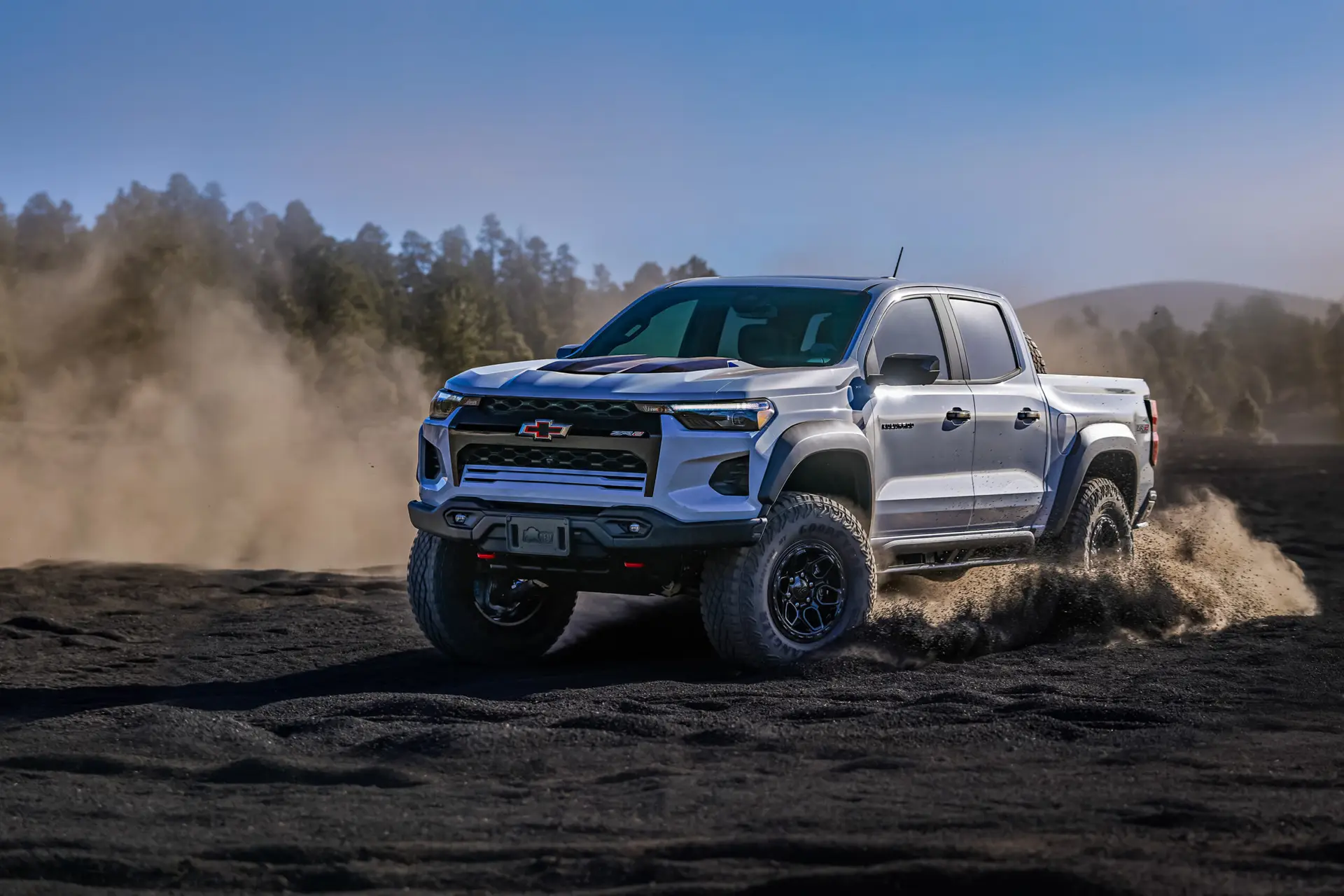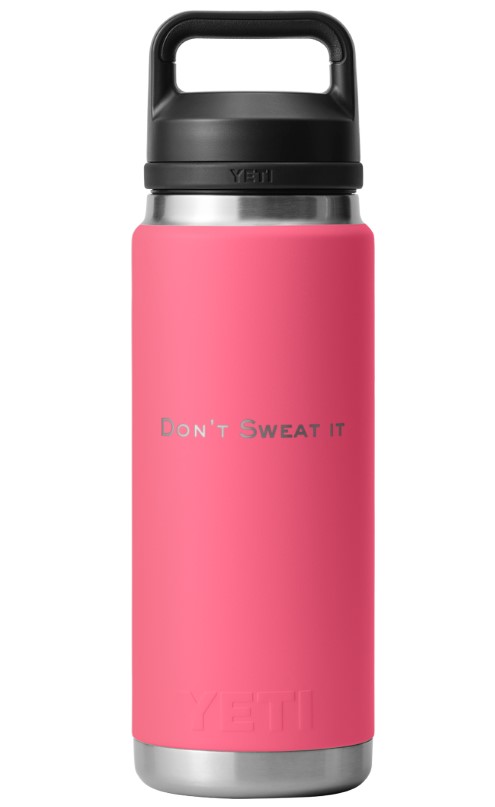Goal #1: Differentiate from competitors.
Any good product manager recognizes that the key to a successful product is giving customers a reason to buy their product over another. This applies to anything…cars, trucks, autonomous vehicles, productivity software, computers, phones, or toilet paper. Even when creating a brand new product vertical, when it’s successful, the competition is coming. In the case of pickup trucks, differentiating between brands is particularly difficult. Add a new high output engine option, and the competition will follow suit. Best in class anything will soon be challenged by the next best competitor, so how does one differentiate a vehicle? Let the customer do it themselves.
Vehicle accessories are big business, both for OEMs and aftermarket companies alike. The Model T was famously offered in “any color as long as it’s black” becoming a blank canvas on which customers could make the vehicle whatever they wanted or needed. Ever since from hot rods to lowriders to monster trucks…customization can be a key link between a driver and their vehicle. The biggest segment for personalization is undoubtedly pickup trucks. Lift kits, big wheels and tires, tonneau covers, side steps, splash guards, LED lights, winches, bumpers, sport bars, fender flares, powertrain mods, the market is seemingly limitless for the blank canvas pickup truck.
While a smart and differentiated trim mix is critical for a successful vehicle launch and can do wonders to differentiate from competitors (at least at launch), enabling customer personalization can be just as if not more effective than the core product offering. One of the key purchase reasons for Jeeps is the amount of aftermarket offerings and as a product manager, knowing where that same enthusiasm applies can result in fantastic growth and product success.
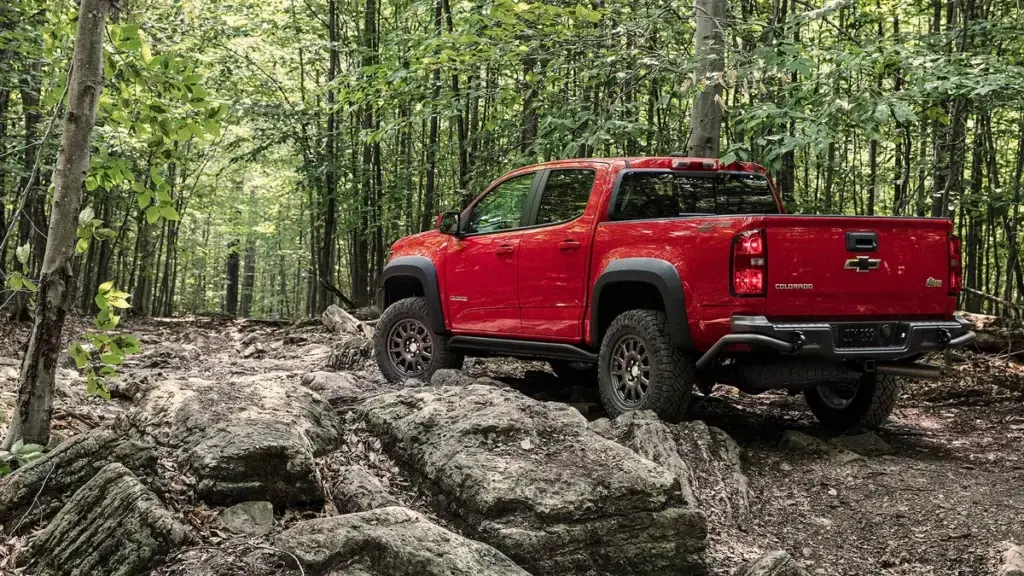
Personalization from the factory
Background:
My first assignment as the accessory product manager for Colorado was to head accessory development during the formation of the “ZR2 Bison” trim, a key collaboration between Chevrolet and well-renowned off-road accessory outfitter American Expedition Vehicles (AEV). I joined the project at the beginning driving product positioning, package content, accessory opportunities, and go to market. Through collaboration with brand marketing, engineering, and strategic planning, I grew the existing Colorado accessory portfolio to be the strongest performing in Chevrolet, achieving over $1k in revenue per vehicle sold.
Special performance editions of vehicles built with external partners are nothing new in the performance vehicle world. SLP with GM, Shelby with Ford (and briefly Chrysler), but the off-road space was mostly uncharted. Ford started enthusiasm for factory installed off-road aftermarket parts by installing incredibly expensive Fox shocks in the first F150 Raptor, leaving a trail of crying bean counters in its wake. Jeep had a brief partnership with AEV installing bumpers in the factory for JK Wranglers, but that relationship soured when Jeep engineers found their way to AEV to have some fun again. I’m glad they did, because that paved the way for the ZR2 Bison by adding OEM-level engineering chops to AEV’s development capability.
“Have you heard of a company called AEV” my new boss asked over the phone on my commute to the first day of my new job as an Accessory Product Manager. “Of course, they do some epic Jeep stuff” I replied enthusiastically. “Well that’s your first assigment”…click. Had I just died and gone to heavan?
Impressed by what they saw from AEV at SEMA, GM leadership tasked the accessories and performance vehicles team with engaging AEV on some sort of collaboration. That was the extent of guidance, but everyone on the assignment saw the potential and was up to the task. Planning kicked off before the Colorado ZR2 launched, and with it being the most capable off-road vehicle available to us at the time, it was the logical base vehicle. It also helped increase diversity to keep the ZR2 fresh through the lifecycle, we targeted a 2019 launch…2 years after the launch of the ZR2.
There was also an emerging trend in the off-road space called “Overlanding”. It embodied the romantic concept of being self-sustaining off-the grid and off-road for long periods of time. That required additional vehicle capability and toughness and of course buying more accessories like storage racks, lights, winches, water and fuel cans, air intake snorkels, and the invention of the roof top tent “RTT”. It didn’t appear that other OEMs were building anything from the factory to capitalize on this emerging market, so the opportunity was ripe for the picking.
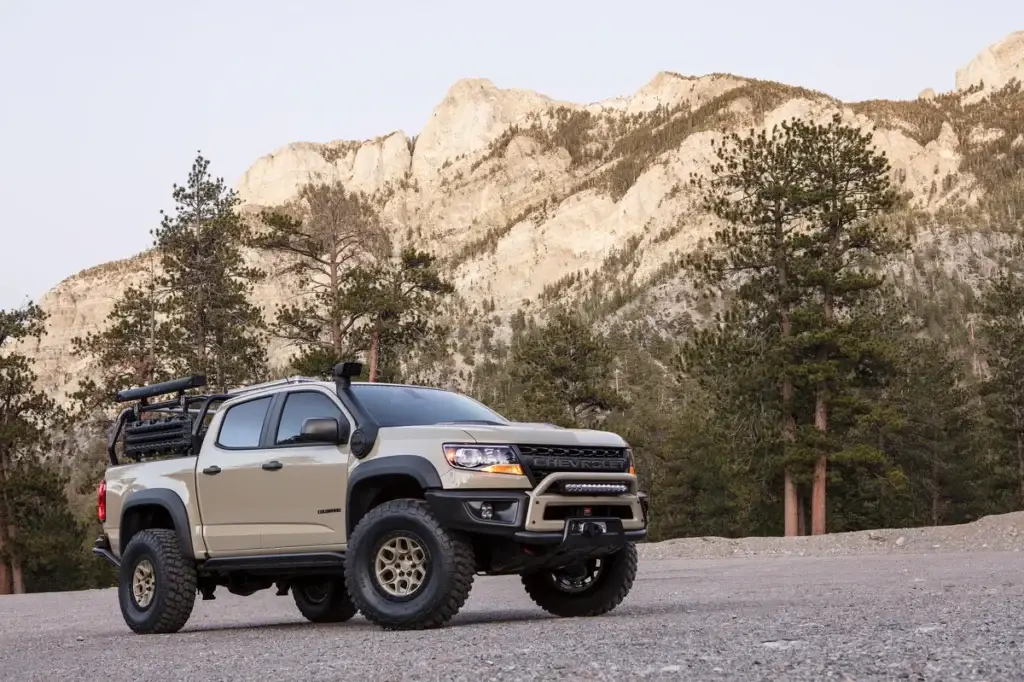
The ZR2 was and still is an off-road beast that’s difficult to improve on. Front and rear locking differentials, 2.5″ taller and wider suspension, better approach and departure angles, it was legit. But being an offroad enthusiast myself, I knew there was room for improvement. There’s ALWAYS room for improvement in the eyes of an enthusiast. How do you make an already awesome and capable truck even better, and how do we capture the new overland market?
The initial Bison development list:
- Big Tires (>31″ Factory)
- Unique wheels
- Larger fender flares
- Front metal bumper with winch and lights
- Rear metal bumper with improved clearance
- More robust and complete underbody protection
- Air intake snorkel
- Brand embroidery on the seats
- Brand logo on the floor liners
We allocated design and engineering resources to work 1-on-1 with AEV resources and set to work, but one feature…the #1 feature was going to be tough. The first thing many off-road enthusiasts do with their vehicles is big tires. They’ll lift the suspension, cut fenders, widen control arms, anything to fit giant meets under their beloved vehicles. There’s practical reasons such as increased ground clearance and ease of climbing obstacles, but in most cases it’s an aesthetic characteristic that people lust after. This was certainly true with the overlanding crowd, and AEV was particularly adept with fitting large tires under vehicles with their kits the JK Wrangler and DS Ram pickup “Prospector”. They accomplish this through cutting fenders and adding larger fender flares, which is reasonable with limited production in a medium size shop but much more difficult at OEM scale.
A “tire flop” study is where engineers virtually exercise suspension fully with different size tires. The goal is to identify any potential areas of contact with body panels or suspension components when selecting a specific tire and size. On the 31xx Colorado, the results weren’t great for anything larger than factory size tires. A 265/70r17 (~32″) tire could work, but there weren’t many “approved” tires in the GM toolbox in this size, and no way could we justify bringing on a brand new tire just for this truck.
It was decided that the trucks would be partially assembled in the main Wentsville assembly plant, then transported across the street to an upfit facility for installation of Bison specific parts. After the failed tire flop tests, a study was done to investigate trimming required to the body to accommodate larger tires, but the cost, complexity, and reliability of such an operation just didn’t pan out. We were about to lose our #1 feature, and it was a bummer. But the rest of the truck was coming along nicely, and with tremendous enthusiasm for the AEV concept Bison shown at SEMA in 2017, all systems remained go. And AEV had a trick up their sleeve.
A large part of AEV’s business is upfitting factory fresh vehicles and selling them through their dealer network. It’s a bit of a win/win for the OEM and AEV as they buy more vehicles, modify them in ways the OEM can’t, then sell them to enthusiastic customers at the end. We arranged to have critical differentiating items installed at the plant like the bumpers and skid plates, leaving them the opportunity to chip fenders and mount bigger tires for customers. They even produced a kit with different fender flares so the aftermarket and DIYers could do it themselves. As a brand manager keen on developing and enthusiast base for the new truck, the more aftermarket opportunities, the better. Aftermarket support is both a motivator and a hindrance for enthusiast vehicles…the more the better.
The herd grows
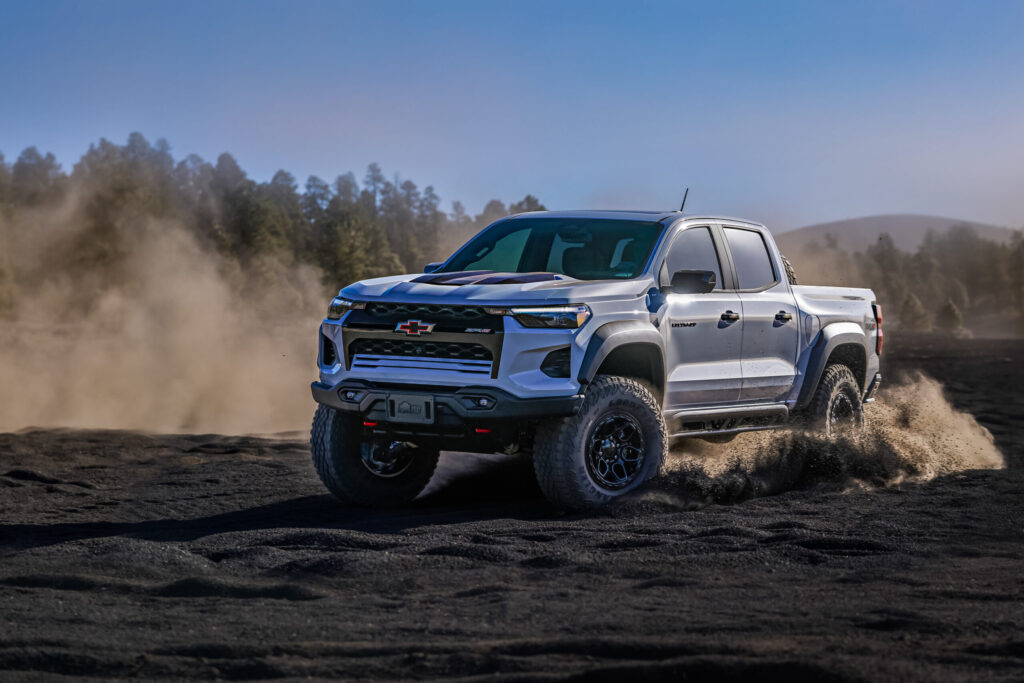
When the ZR2 Bison launched in 2019, I was the product and brand manager and I was nervous. Would an expensive package of bumpers, skid plates, and wheels really sell that well? Our sales targets weren’t too ambitious but being keen on growing the enthusiast market for these trucks, I dreaded building a “poser truck” and nuking the reputation momentum we were building. Thanks to AEV’s design chops and pushing the envelope with hot stamped boron steel skid plates (a first in the industry), the Bison was a success.
It was such a success that soon followed versions for the Silverado light AND heavy duty following the same playbook with bumpers and wheels. Then the 2024 Colorado ZR2 Bison dropped…and it is the truck the Bison was always supposed to be. Leveraging learnings from the original Bison development, the 31xx-2 platform was designed to accommodate larger tires. How large? Segment-leading 35″ tires. The Ford Bronco and Wrangler can be equipped with 35’s, but no other midsize truck can. It’s a beast, and something that’s immensely gratifying for a product manager responsible for such a thing to see on the streets.
Imitation is the sincerest form of flattery
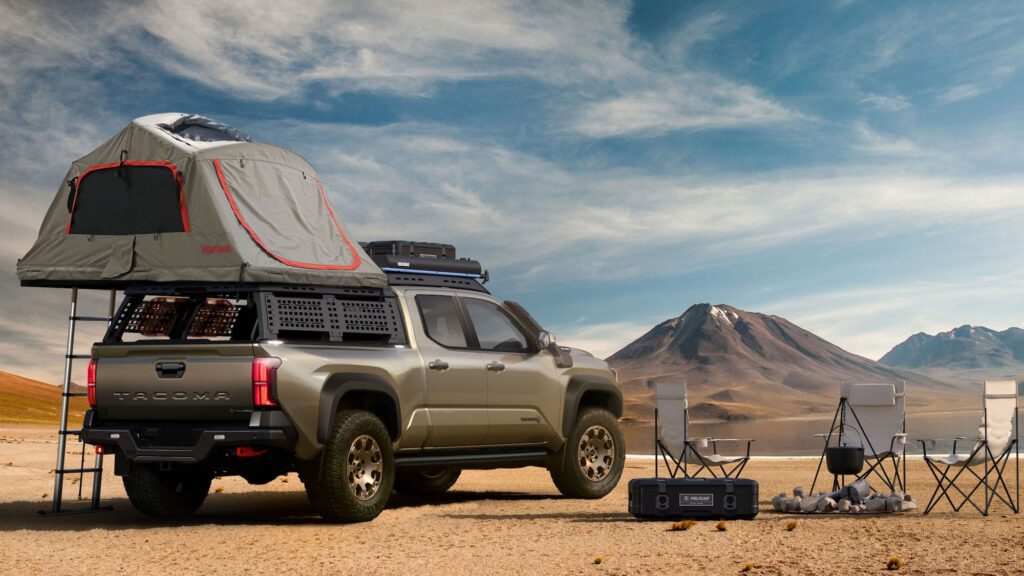
Since the Bison launch, Toyota introduced the Tacoma “Trailhunter” proudly equipped with ARB off-road equipment. Imitation is the sincerest form of flattery, thanks Toyota but the Bison started it from the factory.
